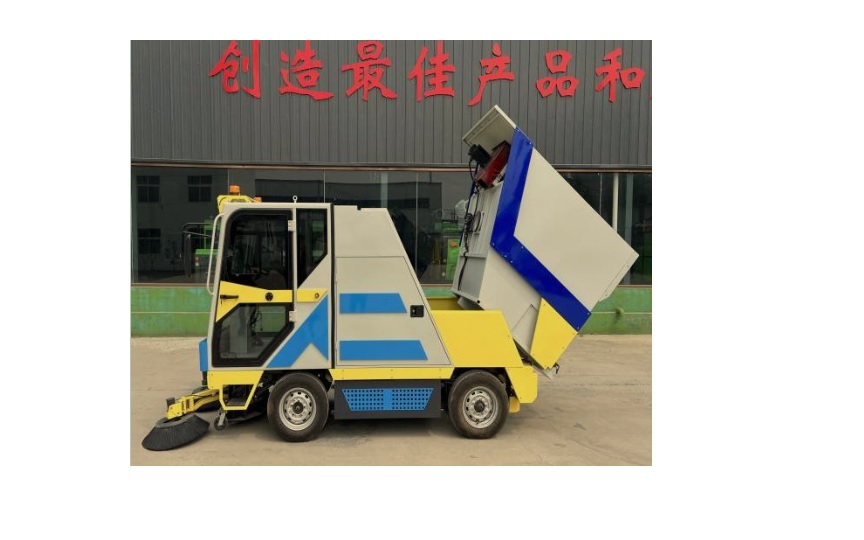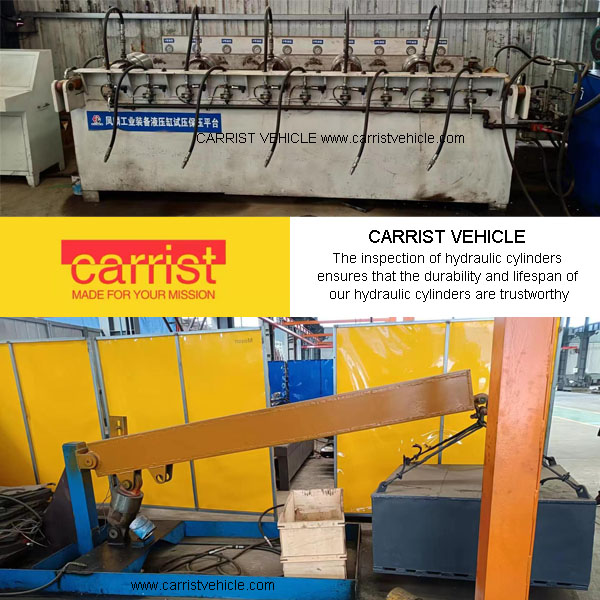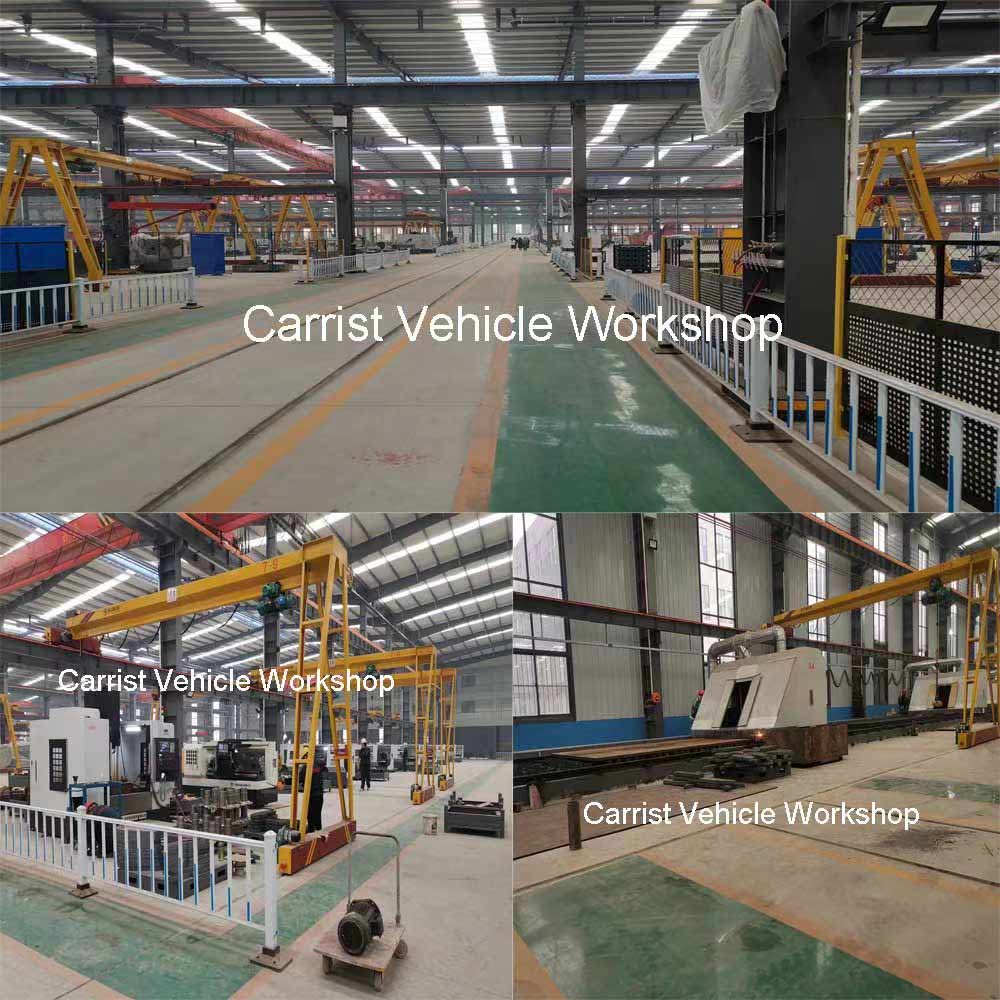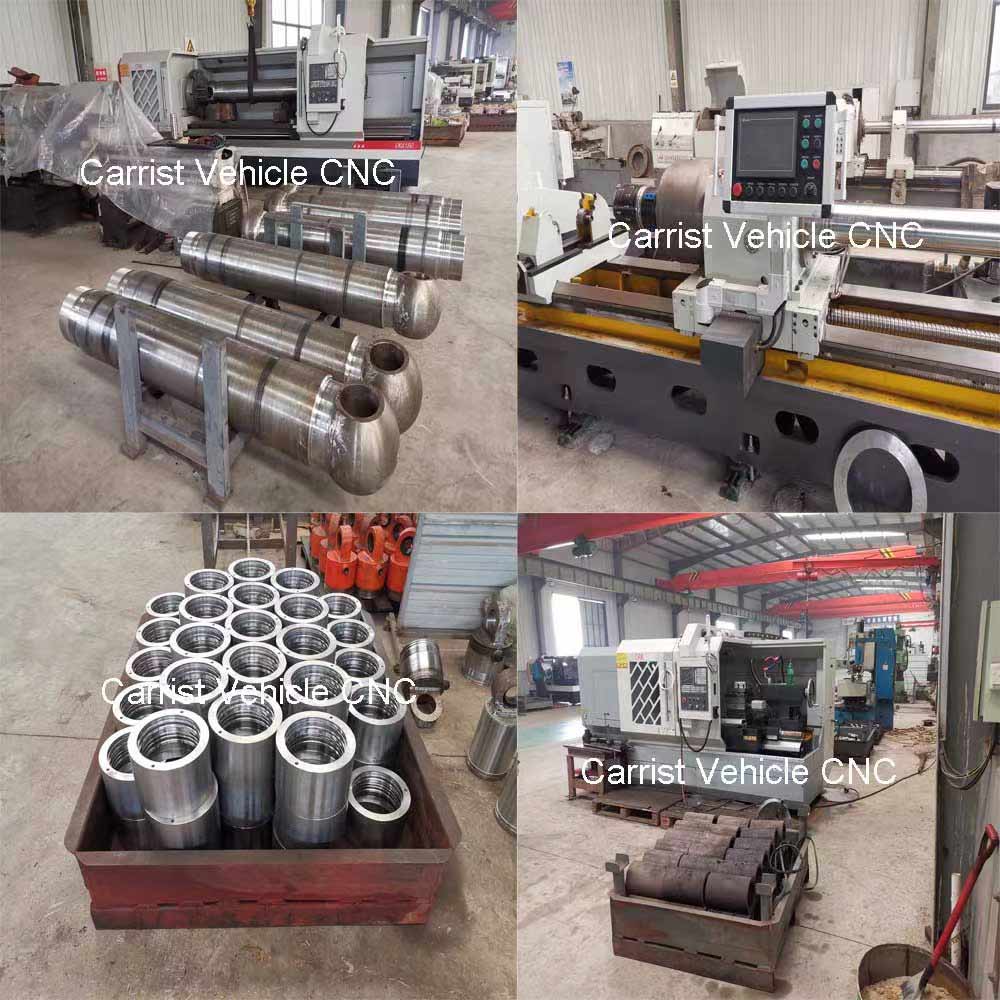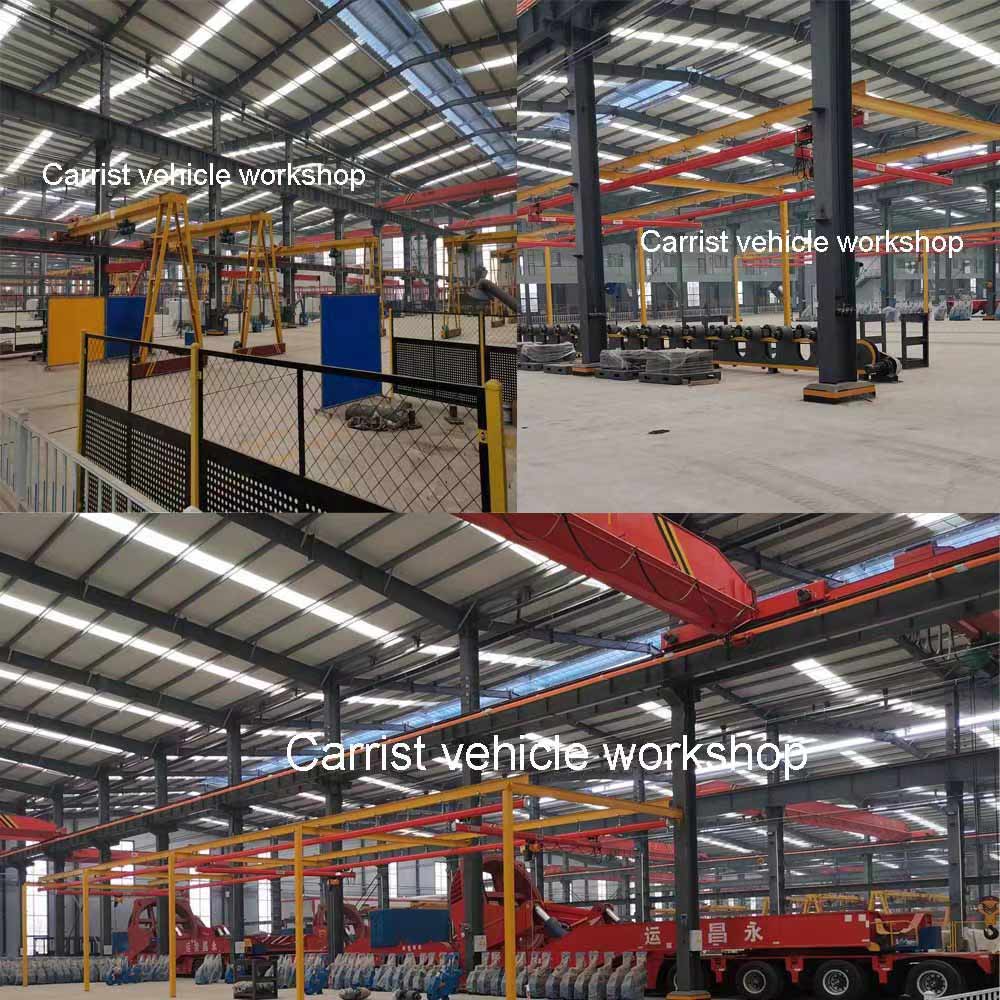Carrist Sweeper
Efficiency: Carrist Sweeper equipment is highly efficient and can quickly complete large-scale cleaning tasks. Equipped with powerful brushes and suction systems, they can swiftly and thoroughly remove dirt, trash, and debris from surfaces.
Versatility: Carrist Sweeper equipment can be used in various applications such as street cleaning, parking lots, warehouses, factories, and public spaces. They can adapt to different types of surfaces, including hard floors, carpets, tiles, and concrete, providing comprehensive cleaning solutions.
Strong vacuuming power: Carrist Sweeper equipment not only sweeps the floor but also has excellent vacuuming capabilities. Their powerful suction systems can effectively remove fine particles, dust, and other difficult-to-remove dirt, maintaining clean and hygienic indoor environments.
User-friendly operation: Carrist Sweeper equipment is typically designed to be simple and easy to operate. Whether manual or automated, users can quickly learn how to use them and improve work efficiency.
Energy efficiency: Carrist sweeper equipment utilizes advanced energy-saving technologies to reduce energy consumption and minimize environmental impact. This means that using sweeper equipment for cleaning not only achieves high efficiency but also demonstrates environmental consciousness.
Customizability: Carrist Sweeper equipment often offers a range of options and accessories to meet different user needs. These options include brush types, suction capabilities, vehicle sizes and shapes, and control methods. Users can select the most suitable configuration based on their requirements, customizing a sweeper equipment that perfectly fits their needs.
The specifications of Carrist sweeper can vary depending on the specific model and manufacturer. However, here are some common specifications that you may find in sweeper equipment:
Cleaning Width: This refers to the width of the cleaning path that the sweeper can cover in a single pass. It can range from as narrow as 20 inches for smaller sweepers to over 80 inches for larger industrial sweepers.
Dumping Method: It indicates how the sweeper collects and disposes of the debris it picks up. Some sweepers have a hopper or bin that can be manually emptied, while others have automated dumping systems for efficient and convenient debris disposal.
Brush System: The sweeper will have one or more brushes that rotate and sweep the debris into the collection chamber. The brush type and configuration can vary, including cylindrical brushes, disc brushes, or a combination of both.
Suction Power: Many sweepers also have a suction system or vacuum capability to effectively remove fine dust and debris from the surface. The suction power can vary depending on the type of sweeper and its intended application.
Power Source: Sweepers can be powered by different sources such as battery-powered, electric-powered, or fuel-powered engines. The power source can impact operating time, noise levels, and emission levels.
Control System: Sweepers may have manual controls or advanced control systems, including ergonomic operator controls or even automated computerized control systems.
Mobility: Depending on the intended use, sweepers can be designed for different types of mobility. This may include walk-behind models, ride-on models, or even fully autonomous robotic sweepers.
Additional Features: Sweepers can come with additional features and accessories such as adjustable brush pressure, water spray systems for dust control, side brushes for edge cleaning, and integrated filtering systems for fine dust particle capture.


